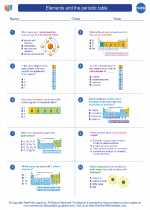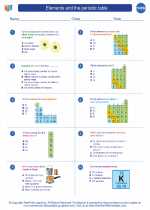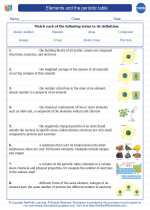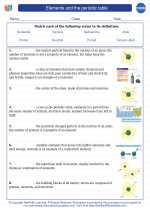Compression in Chemistry
Compression is the reduction in volume of a substance due to the application of pressure. In chemistry, compression is an important concept in understanding the behavior of gases and the changes they undergo under different conditions.
Gas Laws and Compression
Compression is closely related to the gas laws, particularly Boyle's Law and Gay-Lussac's Law. These laws describe the behavior of gases under varying pressure and temperature conditions.
Boyle's Law
Boyle's Law states that the pressure of a gas is inversely proportional to its volume at constant temperature. In other words, as the pressure on a gas increases, its volume decreases, and vice versa. This relationship is described by the equation:
P1V1 = P2V2
where P1 and V1 represent the initial pressure and volume, and P2 and V2 represent the final pressure and volume, respectively.
Gas Compression and Work
When a gas is compressed, work is done on the gas, resulting in an increase in its internal energy. This work is typically calculated using the equation:
Work = -PΔV
where P is the pressure and ΔV is the change in volume. The negative sign indicates that work is done on the gas during compression.
Applications of Compression
Compression has numerous practical applications in chemistry and industry. For example, compression is used in gas cylinders to store and transport gases at high pressures. It is also a key process in the production of industrial gases and in the operation of various types of machinery and equipment.
Study Guide
When studying compression in chemistry, it is essential to understand the following key points:
- The relationship between pressure and volume of a gas as described by Boyle's Law.
- The calculation of work done during gas compression using the equation Work = -PΔV.
- Real-world applications of compression in chemistry and industry.
Additionally, practicing problems involving gas compression and understanding the behavior of gases under varying pressure conditions can help reinforce your understanding of the topic.
By mastering the concept of compression in chemistry, you'll develop a solid foundation for understanding the behavior of gases and their applications in the real world.
.◂Chemistry Worksheets and Study Guides High School. Elements and the periodic table

 Worksheet/Answer key
Worksheet/Answer key
 Worksheet/Answer key
Worksheet/Answer key
 Vocabulary/Answer key
Vocabulary/Answer key
 Vocabulary/Answer key
Vocabulary/Answer key
 Vocabulary/Answer key
Vocabulary/Answer key
